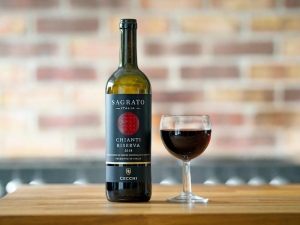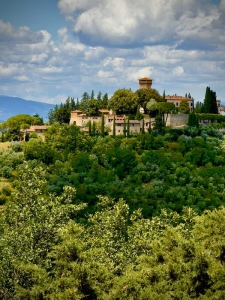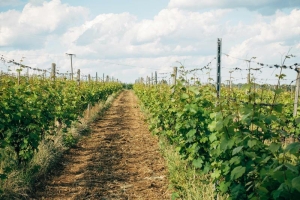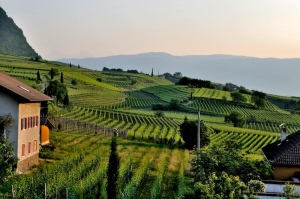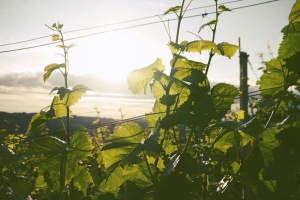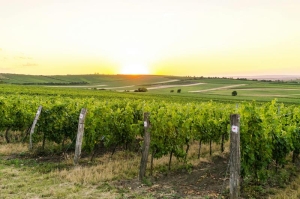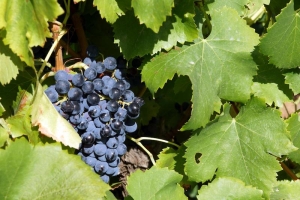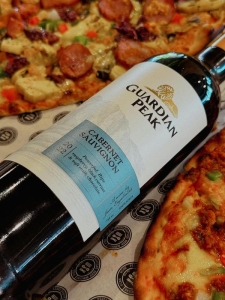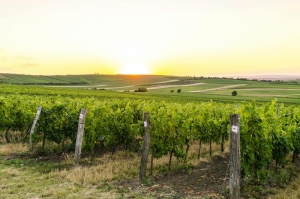International Port Day: A Timeless Classic
Every year on September 10th wine lovers around the world join together to celebrate International Port Day, the iconic fortified wine that is Port. This day is a chance to appreciate the rich flavours and versatility of Port wine and to explore its 400+ year history. From the Douro Valley in Portugal to the world, Port wine has left its mark.
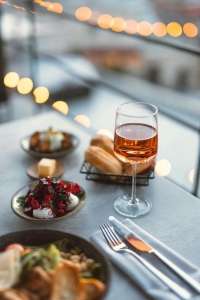
The Story of Port
Port’s story began in the late 17th century in the beautiful Douro Valley in northern Portugal, a region now classified as one of the oldest wine regions in the world. It was during the Anglo-French wars that Port was born as a solution to a problem. English merchants were at war with France and needed a new source of wine. England had long trading relationships with Portugal.
But transporting wine from Portugal to England was a problem, the wine would spoil on the long sea journey. To combat this, the winemakers started fortifying their wine by adding a neutral grape spirit called aguardente during the fermentation. This preserved the wine and also concentrated the natural sweetness, creating the sweet, sweet fortified wine we know as Port. Fortification stopped the fermentation, leaving residual sugar in the wine which gave Port its sweetness and higher alcohol.
Port wine was in high demand in England and soon became a staple on British tables. By the 18th century Port was the drink of the elite in England. Port houses like Taylor’s, Graham’s and Warre’s were founded by English merchants many of which still exist today as some of the most renowned names in the industry.
In 1756 the Douro Valley was officially classified as a protected region for Port wine production, one of the first wine regions in the world to be so classified. This was to ensure the quality and authenticity of Port wine and to prevent fraud as Port was becoming so popular that there were imitations outside of Portugal. This classification is still in place today with strict rules governing the production, aging and labeling of Port wines.
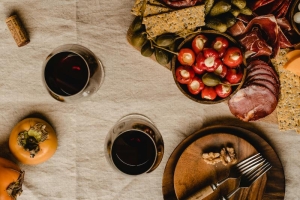
Types of Port
Port may have been born centuries ago but its legacy lives on with the many styles produced today. The most common styles of Port are Ruby Port, Tawny Port, Vintage Port and White Port each with its own characteristics.
Ruby Port is the youngest and most widely available style. It is aged for a short period in large stainless steel or concrete tanks which preserves the wine’s red colour and fruitiness. Ruby Port is sweet with notes of red and dark fruits like cherries, plums and blackberries, perfect for those just starting to try Port wines.
Tawny Port is aged longer in smaller wooden barrels which allows for more oxidation and gives it a golden-brown colour and nutty flavours. With aromas of caramel, dried fruits and spices Tawny Port is a more refined and subtle drinking experience. Tawnies can be aged for 10, 20, 30 or 40 years with older Tawnies being more complex.
The most exclusive and sought after style is Vintage Port made from grapes from a single exceptional year and aged in bottle for many decades. Vintage Ports are rich, robust and age worthy, often developing flavour over time, dark chocolate, coffee, figs and leather. These wines are only produced in years declared by the Port houses as “vintage years” making them rare and collectible.
And finally White Port is made from white grape varieties and can be dry or sweet. Although less common it is often drunk as an aperitif and is increasingly used in cocktails like the Port and tonic, a lighter fresher take on this fortified wine.
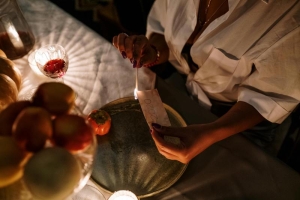
Port wine around the world
After its popularity in England Port wine spread to the rest of Europe and the New World. Today it’s an important part of Portuguese culture and loved worldwide for its bold flavours, richness and versatility. Although most of the Port wine production still takes place in the Douro Valley in Portugal it’s drunk all over the world, with the main export markets being the UK, USA and Brazil.
Port wine influence can also be seen in other wine regions like Australia. Although Australia can’t label their wines as “Port” due to international naming laws they have a long tradition of producing fortified wines similar to Port. In regions like Rutherglen in Victoria winemakers have created their own version of Tawny using local grapes to produce rich sweet fortified wines that have a global following.
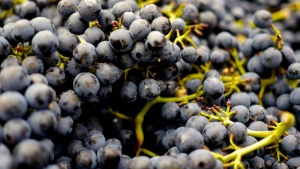
Why International Port Wine Day?
International Port Wine Day is an opportunity to celebrate not just the wine but also the history, craftsmanship and tradition behind it. From the hand picked grapes of the Douro Valley to the centuries old aging techniques Port wine is a testament to the dedication of the Portuguese winemakers. The wine’s versatility whether drunk on its own, with food or in cocktails makes it a favourite for many occasions.
It’s also a day to discover the variety of Port. Whether you like the fruity boldness of Ruby Port, the nutty elegance of Tawny or the age worthy complexity of Vintage Port there’s a style for everyone. For the more adventurous White Port is an option, especially in cocktail form. The pairing possibilities are endless, Port goes with everything from rich cheeses and dark chocolate to roasted meats and savoury stews.

